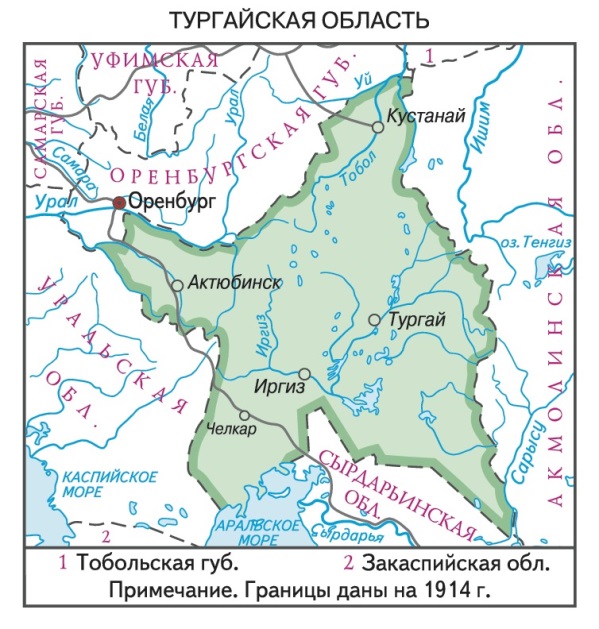
Turgai region, established in 1868 by the decree of Alexander II, as one would say now, had a strategic location: in the north it was bordered by the Orenburg province, and in the east, south and west by Akmola, Syrdarya and Ural regions respectively. As officials of the Tsarist authorities wrote: "The space occupied by the region covers an area of 424 million dessiatinas, which is the space up to 10 provinces of European Russia". The newly formed oblast included 4 county districts: Aktobe, Turgai, Kustanai and Irgiz, in their turn they were divided into 47 volosts and 318 auls.
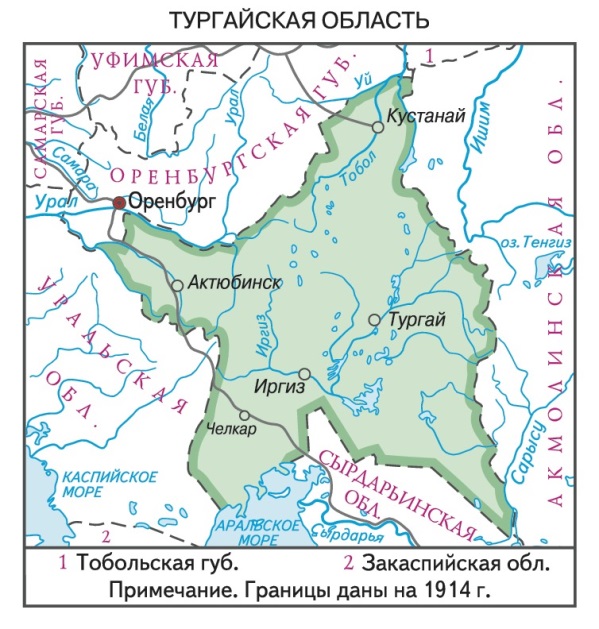
Photo by bigenc.ru
In the second half of the nineteenth century, the Tsarist government began a policy of resettlement of peasants from the western regions of the Russian Empire in Kazakhstan. According to the census of 1897, almost half a million people lived in Turgai region: more than 410 thousand Kazakhs, about 31 thousand Russians, also representatives of other nationalities lived in the region: Ukrainians, Tatars, Bashkirs, Mordovians.
Animal husbandry in Turgai region
Traditionally, the local population of these places was engaged in animal husbandry. This was mainly due to the natural and climatic conditions of the region. Winters here are long and rather severe and summers are short and hot. And therefore livestock breeding was the main agricultural activity of the Kazakh population. Mainly sheep were breed. Thus, according to the data of tsarist officials, by the end of the nineteenth century there were 2 193 084 sheep registered in Turgai region. It is 50 % of all domestic cattle, which were bred by local residents. At the same time, the sheep were of local breeds adapted to the harsh environment of the local steppes. Besides, horses were breeded. They accounted for about 17% of all livestock. The total number of horses kept by nomads of Turgai region was 789 930 heads. A considerable place in cattle breeding of the region was held by bovine cattle. On steppe expanses of the region 871 888 cows grazed. And this is almost 20% of the total livestock. At the same time cattle were bred not only for own needs, but also for sale. This area is a borderland area. Also cattle, which were bred by Kazakh population, were in great demand among numerous peasant settlers. Moreover, cattle were not only slaughtered, but also used for field work. The life of nomads cannot be imagined without camels. The natives also breed them as well. Of course, not on the same scale as other animals. Camels accounted for about 4% of the total herd of livestock. That's 171,189 heads. It's worth saying that two-humped camels were bred here, without which one simply can't lead a nomadic lifestyle.
Yeginshi of Turgai region
However, the end of ΧΙΧ - the beginning of ΧΧ is a time of great changes that have taken place in the lives of local people. At this time, farming was particularly intensive among the local population. Of course, one cannot say that it developed only during this period. In these regions, people have worked on land since ancient times, but it has not become widespread. Basically the Kazakh population was engaged in millet cultivation, this crop was more suitable than any other agricultural crop for local natural conditions. They were cultivated for their own needs. However, with the appearance of peasant settlers, agriculture began to enter more and more into the life of the Kazakh population. Bread markets of neighboring Russian cities also played an important role. Local officials wrote to St. Petersburg that "the number of Kazakhs who turned to agriculture also increased every year in the volosts adjacent to the borders of the Orenburg province, and mainly in Aktobe and other counties, farming is beginning to be part of the activities of most local residents. Agriculture mainly developed in the northern districts of the region. Soil was fertile - black soil, there were no particular problems with irrigation, and the climate was considered suitable for growing millet, wheat, gourd and sunflowers. In the south, the soil was unsuitable and artificial watering had to be used. Therefore, in the north of Turgai region, Kazakhs began to be actively engaged in bakery farming. By the beginning of the twentieth century in the region on the arable lands, cultivated by settlers, sown grain for 184,451 poods, and those on which Kazakhs worked, 37,1297 poods were sown. Kazakhs-farmers were respectfully called yeginshis or agriculturalists. Especially farming was spread in Aktobe county. At the beginning of the twentieth century, almost 96% of Kazakh farms lived here. At the same time in Kustanai uyezd these figures were equal to 77%, and in Atbasar uyezd there were even less - about 31%. Kazakh grain sowing peasant farms cultivated 103 157 dessiatinas of land, on the average 6.1 dessiatinas of land per one farm. In addition, every year these figures only grew in the county. In 1910 98% of all farms were engaged in agriculture, cultivated up to 190 811 dessiatinas of land or 11.1 dessiatinas per one farm. Kazakhs of Turgai region cultivated all agricultural crops, for which local soil and natural and climatic conditions were suitable. However, the most demanded were winter and spring wheat, millet and barley. These crops accounted for 56% to 96% of all sown areas.
Separately, with the development of agriculture in the Turgai region, primitive agricultural tools became a thing of the past, and they were replaced by factory-made agricultural equipment, such as a harrow, a factory plough, a reaper hay mower. Thus, in Kostanay uyezd such agrarian technical means were provided to 55% of farms, and in the main agricultural district of the region - Aktobe uyezd - 80.7%.







































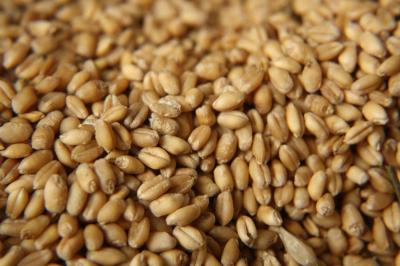
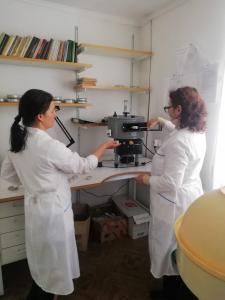
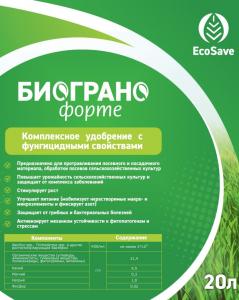
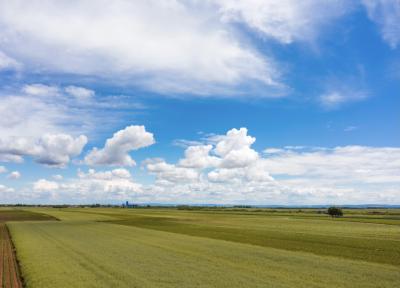
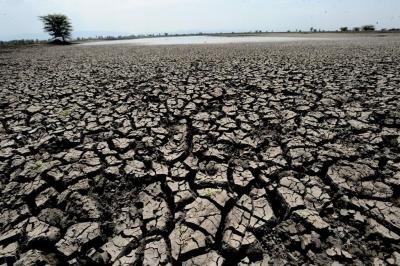
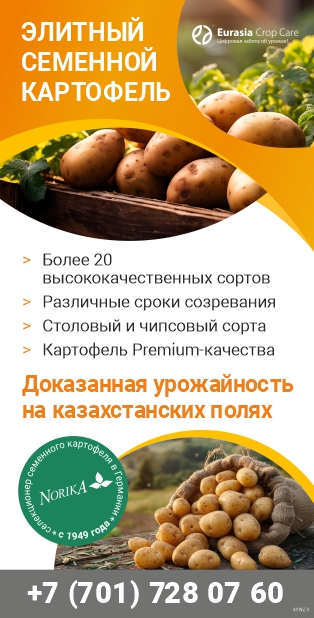

Обсуждение